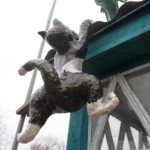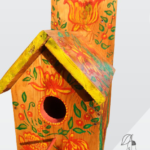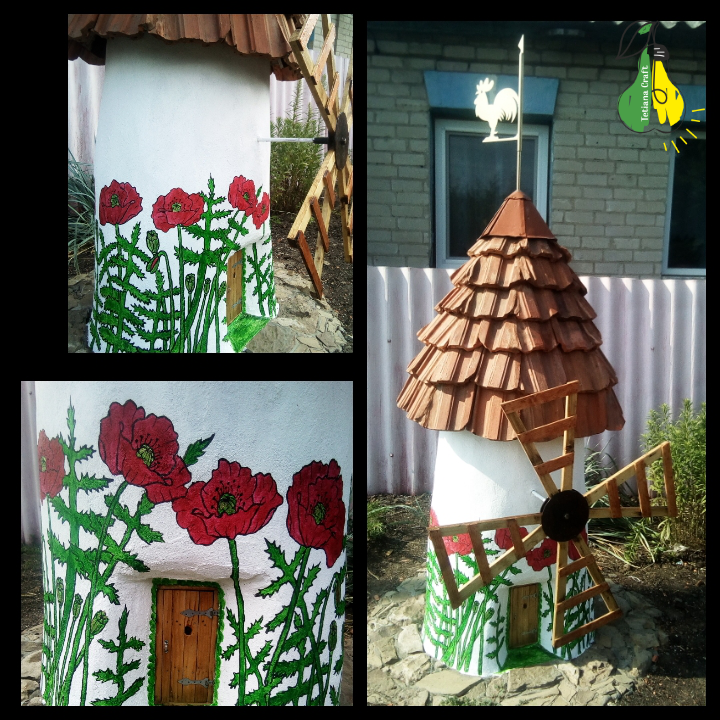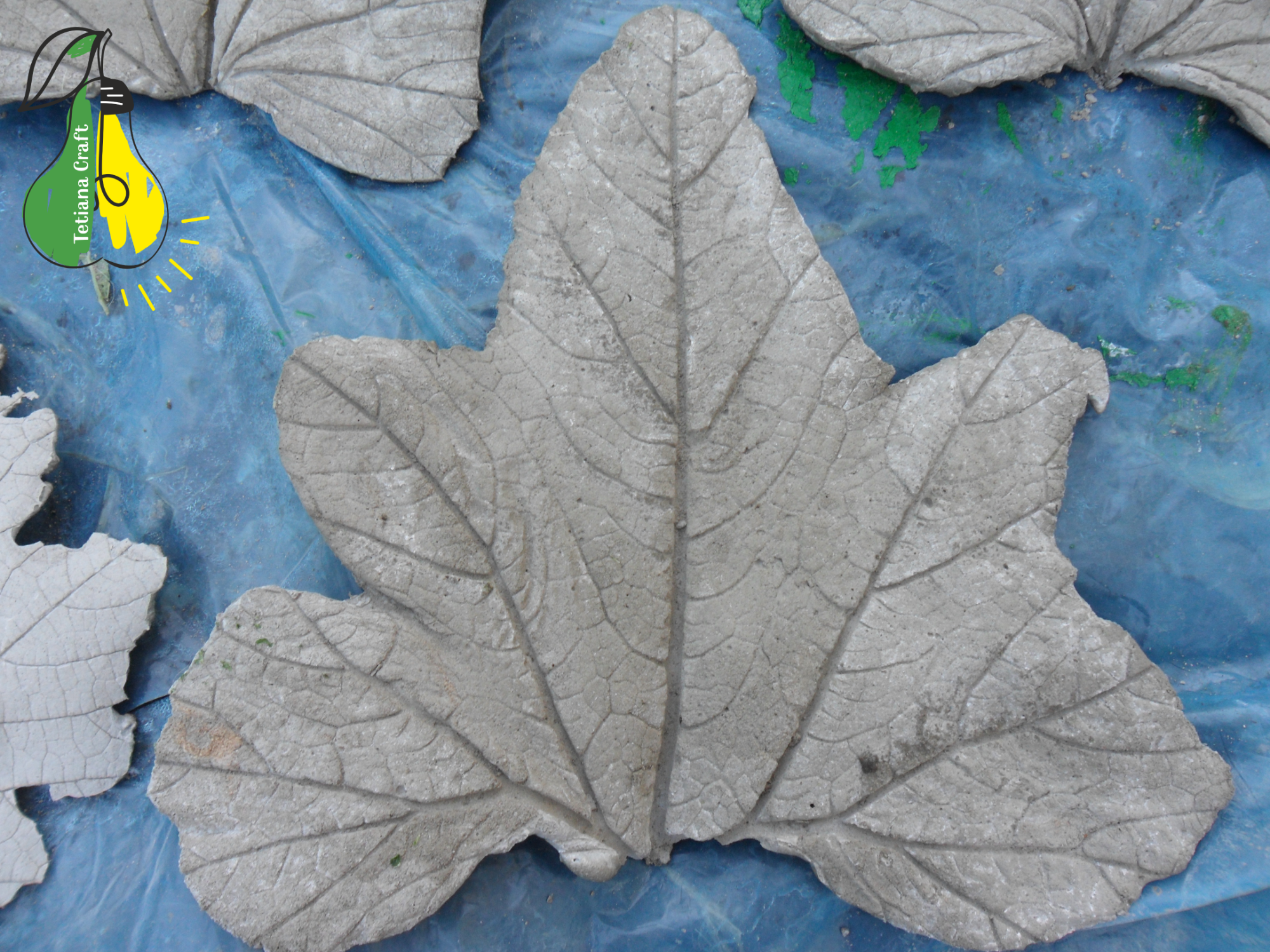I built this decorative mill from halves of old bricks that we had left over from construction. The roof was made from old clay tiles, which were in small quantities, but were enough for the mill. It turns out that this craft took almost no material costs, but turned out to be a beautiful decorative element that my husband and I made with our own hands.
How I built a wall for a decorative mill
I made the walls myself from half bricks. Unfortunately, there are no photos left, but everything was simple, the main thing is to make a foundation that will be 3 layers of bricks deep with a good amount of cement mortar. Then everything is simple, you need to lay a row of bricks in a circle on the cement mortar (1 part cement + 3 parts sand + water). It is very important that the top row of bricks overlaps the previous joints. You can’t put a joint on a joint.
Since the brick has a rectangular shape, and I am not a very experienced user of such a construction tool as a grinder, I decided to simply plaster the protruding corners of the brick with cement mortar. The brick wall was moistened with water, a special mesh was used as a reinforcing material. As it dried, I watered the plastered wall with water from a spray bottle.
Other parts of the decorative mill
My husband made a wooden frame to which he attached old clay tiles. The top was made of metal, but it turned out to be massive and after a while we decided to make it smaller. I also bought a weather vane in the shape of a rooster, which I then painted with gold acrylic paint. The blades were also made from pieces of wood that were left over from the construction. The idea of making a real door that could open seemed very interesting. Then the children really liked opening these doors and suggested putting a little gnome inside.
This is what our decorative mill originally looked like:
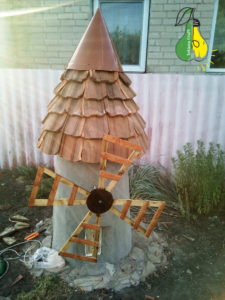
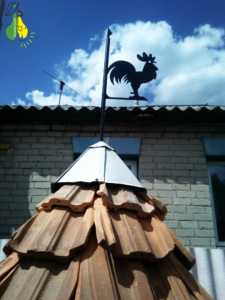
Painting and coloring
Painting can make a big difference to the look. I decided to experiment. First I coated the wall with a deep penetration primer. Then I covered it with several layers of white water-based paint for exterior use. The blades had to be removed for painting.
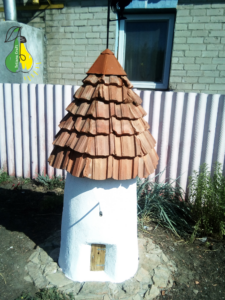
Then I decided to apply the poppy design to the decorative mill. First I painted the main lines with black acrylic paint.
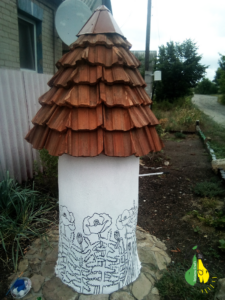

Painting the flowers turned out to be a harder task than I expected, I borrowed a small plastic chair from my daughter, which made the task easier. I used acrylic paints. The brushes were the most common artist’s ones, which are usually used for acrylic paints. To increase the resistance of the drawing to weather conditions, in the end I covered it with a deep penetration primer, which after drying forms a durable film.
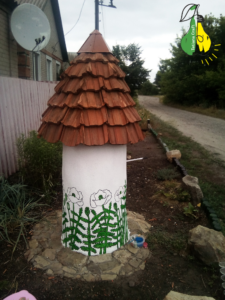
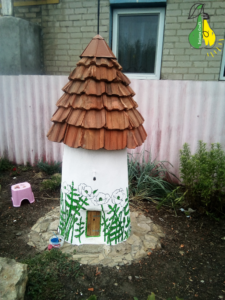
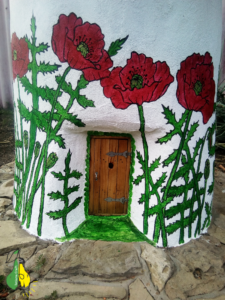
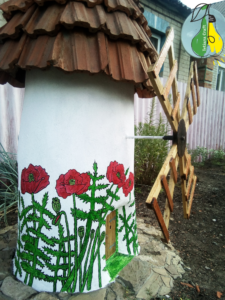
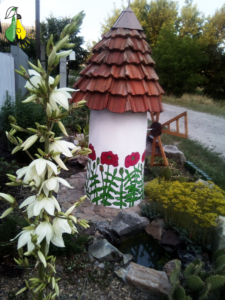
My conclusions about the decorative mill
This decorative windmill was built in the summer of 2019. In February 2022, the full-scale invasion began and I have not had the opportunity to see the condition of the windmill since then. But I can recount some of my observations from 2019 to 2022. The red acrylic paints were the most faded by the sun, so I had to refresh the colors the following summer. I chose a different shade of paint and it was less susceptible to sun exposure. The windmill itself and the decorative elements were in excellent condition.








